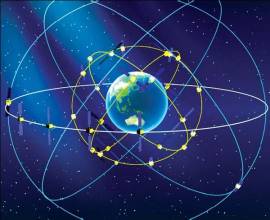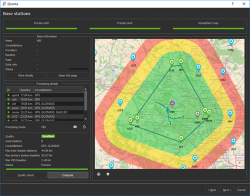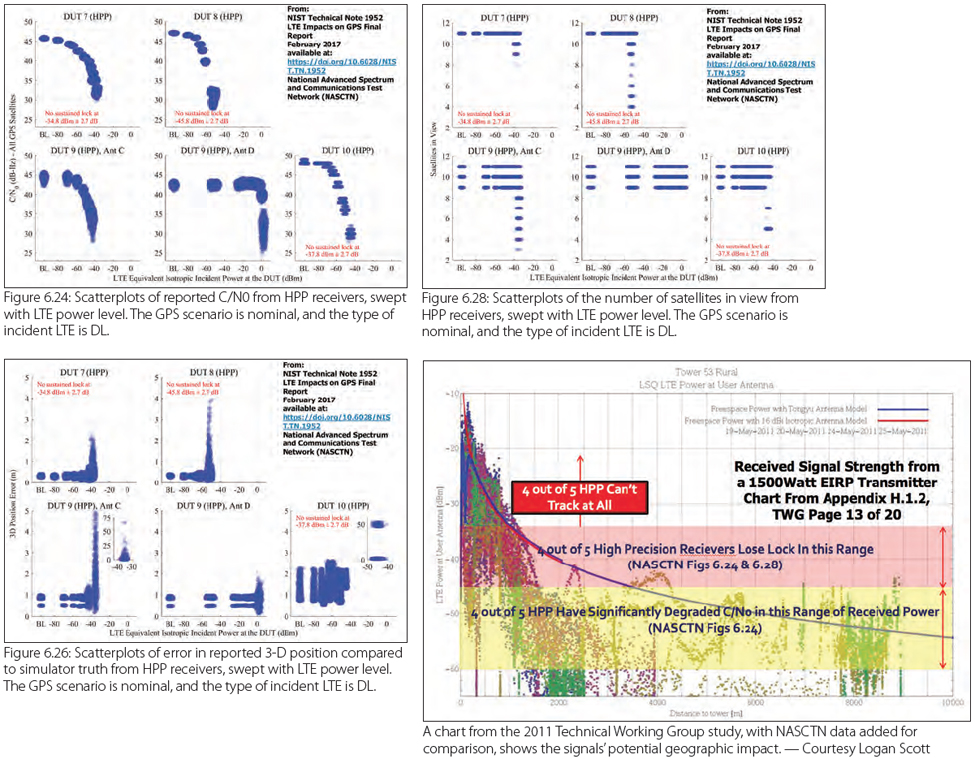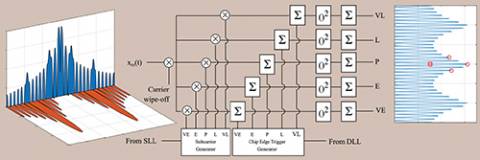Fall Delivery Expected for GPS OCX Block O
 GPS III satellites undergoing testing at Lockheed Martin plant in Colorado. Photo source: Lockheed Martin.
GPS III satellites undergoing testing at Lockheed Martin plant in Colorado. Photo source: Lockheed Martin.A Raytheon executive said that the company expects to deliver the Block O Launch and Checkout System to the U.S. Air Force this fall as part of the GPS Next Generation Operational Control System (OCX).
In addition, the company completed a baseline procedure to recertify the troubled OCX program, which was approved by the U.S. Air Force, at the end of March, said Bill Sullivan, Raytheon vice president and program manager for GPS OCX, at the recent 33rd annual Space Symposium meeting in Colorado Springs, Colorado.
By Inside GNSS




























